Complete Guide on How to Obtain Nepal Trekking Permit
Understanding the Nepal trekking permit is the first step toward an unforgettable adventure into the breathtaking landscapes of the Himalayas. You get exposed to great views, heavy culture, and even the chance to bond with nature while trekking through Nepal; however, it comes with its regulations.
Knowledge of different kinds of trekking permits will be helpful for safe and responsible travel within this beautiful country. The permit system helps protect the areas one travels through and keeps the natural beauty of the trek routes intact.
In this guide, we share all the key information about trekking permits so you can prepare for the adventure like a pro.
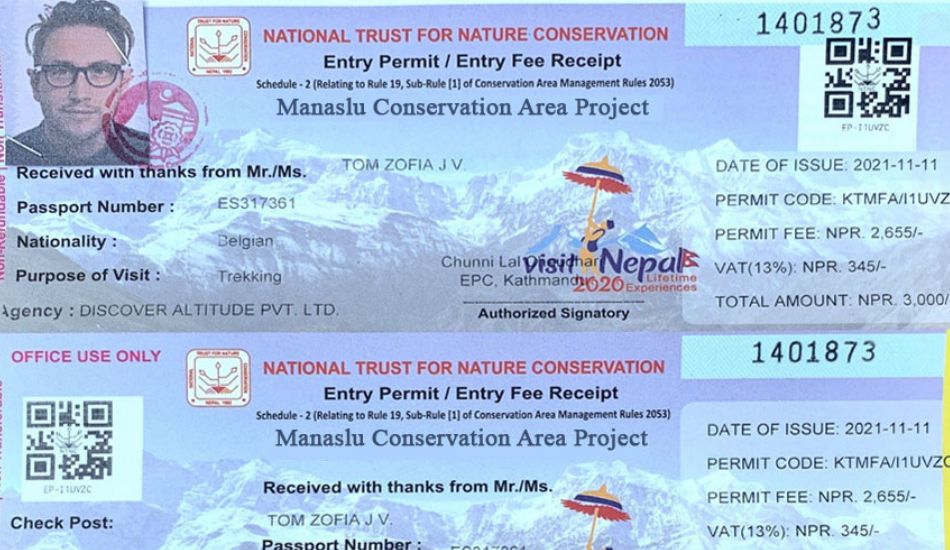
Why Trekking Permits Are Essential for Exploring Nepal
1. Protection of the Environment
This acts as regulation of the number of visitors to particularly sensitive areas that reduce environmental impacts, such as degradation and destruction of natural habitats.
2. Cultural Preservation
Permits will conserve a place's local culture and traditions from being lost in uncontrollable mass tourism.
Safety and Monitoring: It helps provide critical information to the concerned authorities on the safety of trekkers and measures taken by trekkers for their safety. In emergencies, this information proves to be a mainstay in rescuing people.
3. Economic Contribution
The permit fees required for trekking play a very important role in nurturing a local economy whereby funds are used to finance community development projects and for conservation.
4. Responsible Tourism
When trekkers buy a permit, they feel a sense of responsibility toward ethical tourism that respects the culture of the locals and their environment.
5. Access to Restricted Areas
Special permits are required to enter a restricted area. Several of the most magnificent trek routes require special permits. This allows trekkers to see landscapes and cultures that not everybody can access.
Recommendation Read: Getting a Tourist Visa For Nepal
Types of Trekking Permits Required in Nepal
Although it can be exhausting to determine what permits one needs for trekking in Nepal, it is really an important factor in having a hassle-free experience. Each has a different application process and fee, so remember that while you plan. Here's a breakdown of the essential permits:
TIMS (Trekkers’ Information Management System) Card
The TIMS card is a mandatory permit issued to all trekkers to improve safety and monitor trekking activities in Nepal. Here's all you need to know:
Who Needs It:
- Both independent and group trekkers have to get a TIMS card.
- It is a must for those trekking to popular regions such as Annapurna and Langtang.
How to Get It:
The TIMS card is issued from the Nepal Tourism Board in Kathmandu or Pokhara. To apply, the following procedure is to be done:
- Fill out the application form.
- A passport copy should be provided.
- A passport-sized photo should be attached.
- Payment of prescribed fees is to be made.
- It is a pretty simple procedure and takes just a few minutes.
National Park and Conservation Area Permits
Most trekking routes in Nepal pass through national parks or conservation areas and, as such, have specific requirements for permits. Here's what you need to know:
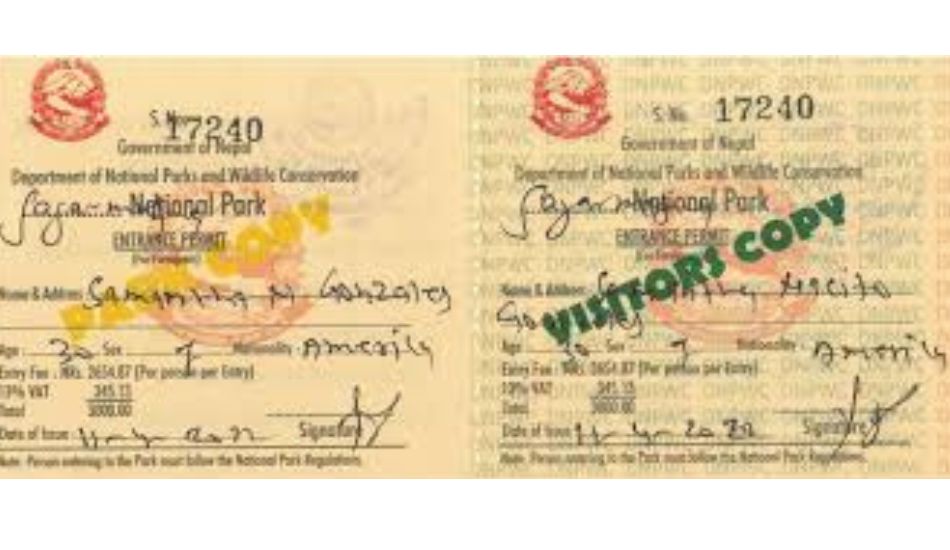
Where You Need Them:
- Sagarmatha National Park: Home of Mount Everest.
- Annapurna Conservation Area: Renowned for its flora and fauna.
- Langtang National Park: places with stunning scenery and home to many native villages.
Why You Need Them:
- All these permits contribute to the protection of biodiversity and natural resources.
- These fees pay for the conservation and finance of the trekking infrastructure.
- They make sure that trekkers follow some rules and regulations that place protection within the environment.
Restricted Area Permits
Several trekking areas fall under the category of restricted areas in Nepal, and special permits need to be issued for trekkers to trek in those areas. Here's an overview:
Popular Restricted Zones:
- Upper Mustang: Celebrated for its eccentric Tibetan culture and distinctive topography.
- Manaslu Region: Marveling mountain scenery along with cultural experiences.
- Nar Phu Valley: ancient villages with a rich cultural heritage.
Why You Need Them:
- This is necessary to protect unique ecosystems and local cultures through restricted area permits.
- They will insist that trekkers respect certain rules, such as trekking with licensed guides in groups.
- These measures are necessary to ensure responsible tourism and thus keep the area in its pristine beauty.
The Difference Between Independent and Group Trekkers for Permits
First, understand whether you are going to be independently trekking or as part of a group to understand your permit requirements:
Independent Trekkers:
- They will have to get their own TIMS card and individual permits.
- They will have to do all the application and arrangement work, which takes much longer.
Group Trekkers:
- Trekking with a registered agency, they generally make all the necessary arrangements regarding the permits.
- This may ease the process, but trekkers should clarify what permits are included and what extra requirements are necessary.
Thus, understanding the type of permit required for each trekking adventure guarantees you a much easier and more pleasurable time in the fantastic Nepalese scenery!
Featured Trip: Mugu Dolpo Trek
Where and How to Obtain Trekking Permits
Understanding how to obtain trekking permits is a central part of every adventure traveling to the beautiful landscapes of Nepal. Acquiring the right permit makes the trekking season smooth and enjoyable, during which time the trekkers can observe the beauty the trails have in store.
Applying for Permits in Kathmandu: Your First Step Before the Journey
The main center where trekking permits can be obtained is in Kathmandu.
Nepal Tourism Board:
The main body for the TIMS card and other permits.
Location:
Pay a visit to Pradarshani Marg.
How to get it:
- Fill up the forms.
- Pay the respective fees.
- Get your permit before leaving for trekking areas.
Major Permit Offices
Other than the Nepal Tourism Board, several major permit offices are nationwide.
Designated Offices: Each national park and conservation area has one office.
Examples:
- The main entrance of Sagarmatha National Park Office, Monjo
- Annapurna Conservation Area Project Office, Pokhara
Working Time: The office time is generally from 10 AM to 5 PM, except for public holidays.
Note: Please arrive at the office as early as possible to avoid standing in a queue.
Required Documents
For TIMS Card:
- Application form duly filled
- Photocopy of passport with validity of at least six months
- One passport photo
- Payment in cash (US dollars and Nepalese rupees)
For national park permits:
- TIMS card, if applied
- Park-wise application forms.
For the restricted area permits:
- TIMS card.
- Letter from a registered trekking agency, if required.
Online Permit Applications
To date, permits to go trekking were required to be applied for in person, but this is slowly changing. You can now apply for your permit online.
Benefits:
- Save yourself from standing in long queues outside permit offices.
- Many trekkers' time is costly, so it's useful.
Things to Consider:
- Not all permits are currently available online.
- Service charges might also be made through online agencies.
Suggestion: For updates on online application availability, visit the official website of the Nepal Tourism Board.
Cost of Nepal Trekking Permits
Understanding how much a permit costs to trek in Nepal will help you plan your adventure. Here's a detailed breakdown of various fees and factors that affect those fees.
Breakdown of Permit Fees: National Park, Conservation Area, and Restricted Areas
1. TIMS (Trekkers’ Information Management System) Card:
This costs about NPR 2,000 for individual trekkers and NPR 1,000 for group trekkers.
2. National Park and Conservation Area Permits:
- Sagarmatha National Park Permit: Costs around NPR 3,000 for foreign trekkers and NPR 1,500 for SAARC nationals.
- The Annapurna Conservation Area Permit: Almost similar to the Sagarmatha National Park permit, it costs about NPR 3,000 for foreign trekkers.
- Langtang National Park Permit: Also, around NPR 3,000 for foreign trekkers.
Restricted Area Permits:
- Costs are quite varied depending on the area.
- For example, permits in the Upper Mustang region run from NPR 10,000 to NPR 20,000, depending on the season and length of stay.
Note that costs always change with time, so checking the current fee before you go is always best.
Why Permit Fees Vary by Season and Trekking Region
Some trekking permits will cost more during high seasons, which start from March to May and September to November. Certain restricted areas will also cost more in such periods.
1. Geographical Differences: The more remote or inaccessible a particular area is, the higher the permit fees will be due to the greater management and conservation required.
2. Permit Type: These include TIMS, national parks, conservation areas, and restricted area permits, among others. They may serve different purposes and, consequently, are priced differently.
Budgeting for Your Trek: How Much to Set Aside for Permits
Total Estimated Costs: The cost of the trekking permit itself normally ranges between NPR 10,000 to NPR 20,000, based on the route chosen and the length of time the trek is expected to take.
Planning Ahead: The bottom line is that one needs to budget for the whole trekking budget, which will include all other expenses besides permit fees for accommodation, food, transportation, and equipment.
Additional Fees: You could consider keeping an extra amount for contingencies, whether in permit changes or guided tours that require special arrangements and other permits.
Thus, you will be prepared for a proper trekking experience in Nepal, a land of beautiful scenery.
Guided vs. Solo Trekking: How It Affects the Permitting Process
Trekking With a Guide
Ease of Permit: Guides will arrange all the necessary permits to start trekking. They help keep you within the legal parameters set by the local government.
Local Knowledge: Guides offer insight into the trails and cultures you are trekking through and tips on being safe in various environments.
Safety and Support: Guides are trained to deal with emergencies that arise, adding an extra layer of safety during your trek.
Better Experience: It will allow you to enjoy the place's view and culture without worrying about the logistics.
Solo Trekking
Independence and Freedom: Solo trekking, by its nature, allows one to change his route and explore the path at will.
Self-Responsibility: Permit applications and other requirements are solely your time-consuming headaches.
Limited Support: No help is guaranteed in an emergency; hence, solo trekking is highly risky, especially in areas far from towns and cities.
Navigation Issues: Since no guide exists, you will rely solely on maps and guides, which may become challenging if the route is unfamiliar.
What Happens If You Trek Without a Permit?
Trekking without permits is illegal, subject to fines, and requires one to go back to a permit office for proper documentation.
Without permits, there will be no safety measures or supportive networks in an emergency, thus increasing personal risk.
Disregarding permit rules threatens conservation projects and negatively impacts local communities that depend on trekking tourism.
Not respecting all the permit requirements contributes negatively to any possibility of sustainable trekking practices in Nepal.
Conclusion
All international trekkers must obtain a permit to trek in the land of yaks and yetis. Understanding how permits are issued for international trekkers is essential so that the journey is safe and can be enjoyed independently or with a guided agency. Whatever you choose, understand the permit regulations to protect your experience and help ensure the preservation of Nepal's trekking areas and the people who depend upon tourism for generations to come.
With good preparation and respect for the regulations, your trekking adventure in Nepal will be maximized, and you will be able to remember those moments throughout your lifetime.
Join Dolpo Caravan Treks for an unforgettable adventure in Nepal!
FAQs
How do I get trekking permits in Nepal?
To obtain a permit for trekking in Nepal, one needs to approach either the Nepal Tourism Board or other offices in Kathmandu or Pokhara. Fill out the application form, attach the required documents, such as your passport and passport-sized photos, and pay the prescribed fees. Once the permit is processed, you can go on your trek.
How do I get a trekking guide license?
To obtain a license as a trekking guide in Nepal, you should undergo some recognized training regarding trekking guidance, including safety and first-aid training. Once you undergo the training, submit your application to the Ministry of Tourism by attaching all necessary documents and fees. Upon being approved, you will get your license to operate as a trekking guide.
What are the photo requirements for a trekking permit in Nepal?
Generally, you need two recent passport-sized photos for Nepal trekking permit purposes. The photo should be colored, taken against a plain background, and of size 2 inches by 2 inches. Your face should be visible, which helps with identification during permit application.
How much is the permit fee in Nepal?
The cost of permits in Nepal varies for different trekking areas and even depends on the type of permit one has to obtain. A TIMS card costs roughly NPR 2,000 for individual trekkers and NPR 1,000 for group trekkers, while a national park permit can be anywhere between NPR 1,000 and NPR 3,000 or so. Always check current rates, as they change periodically.

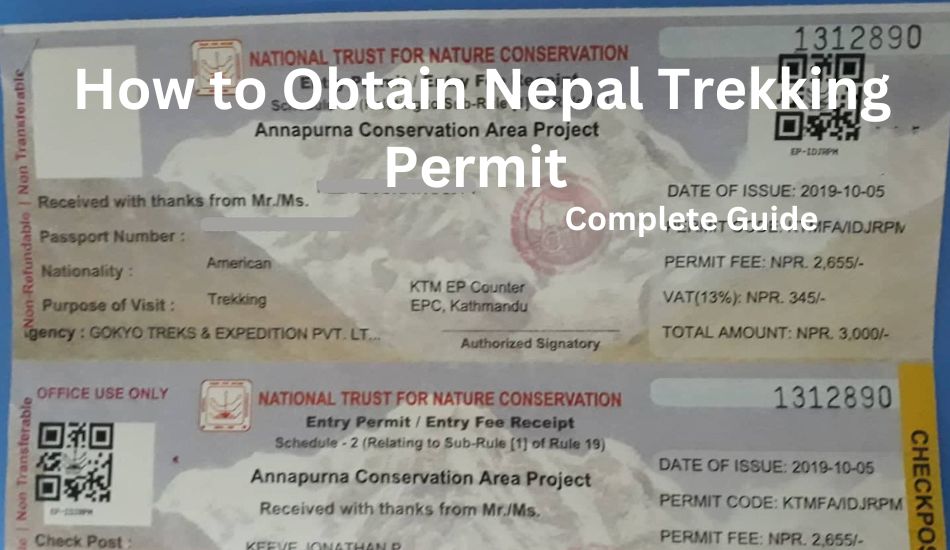
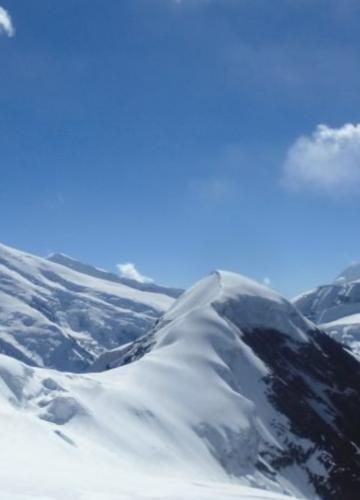
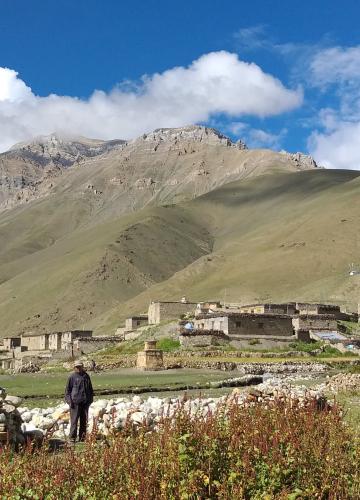
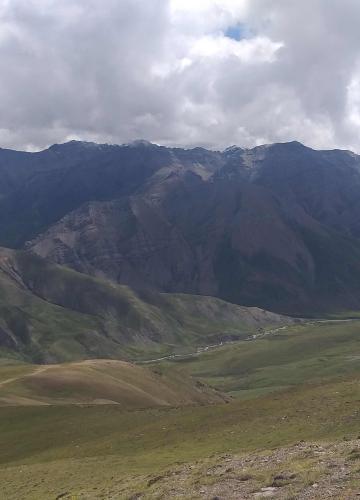
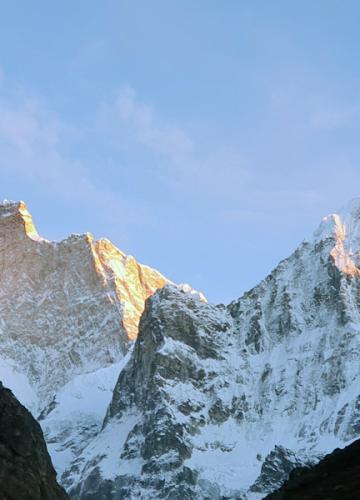
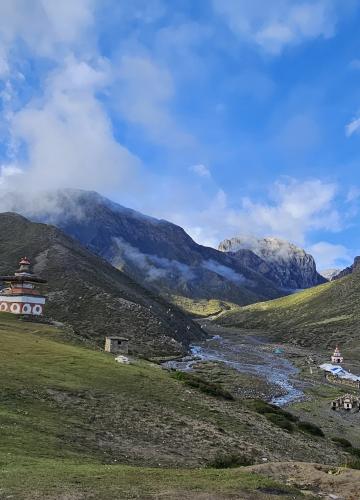
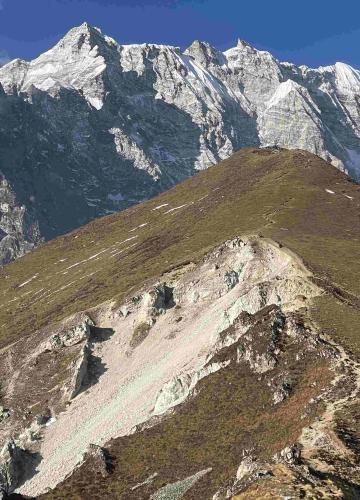

Leave Your Comment